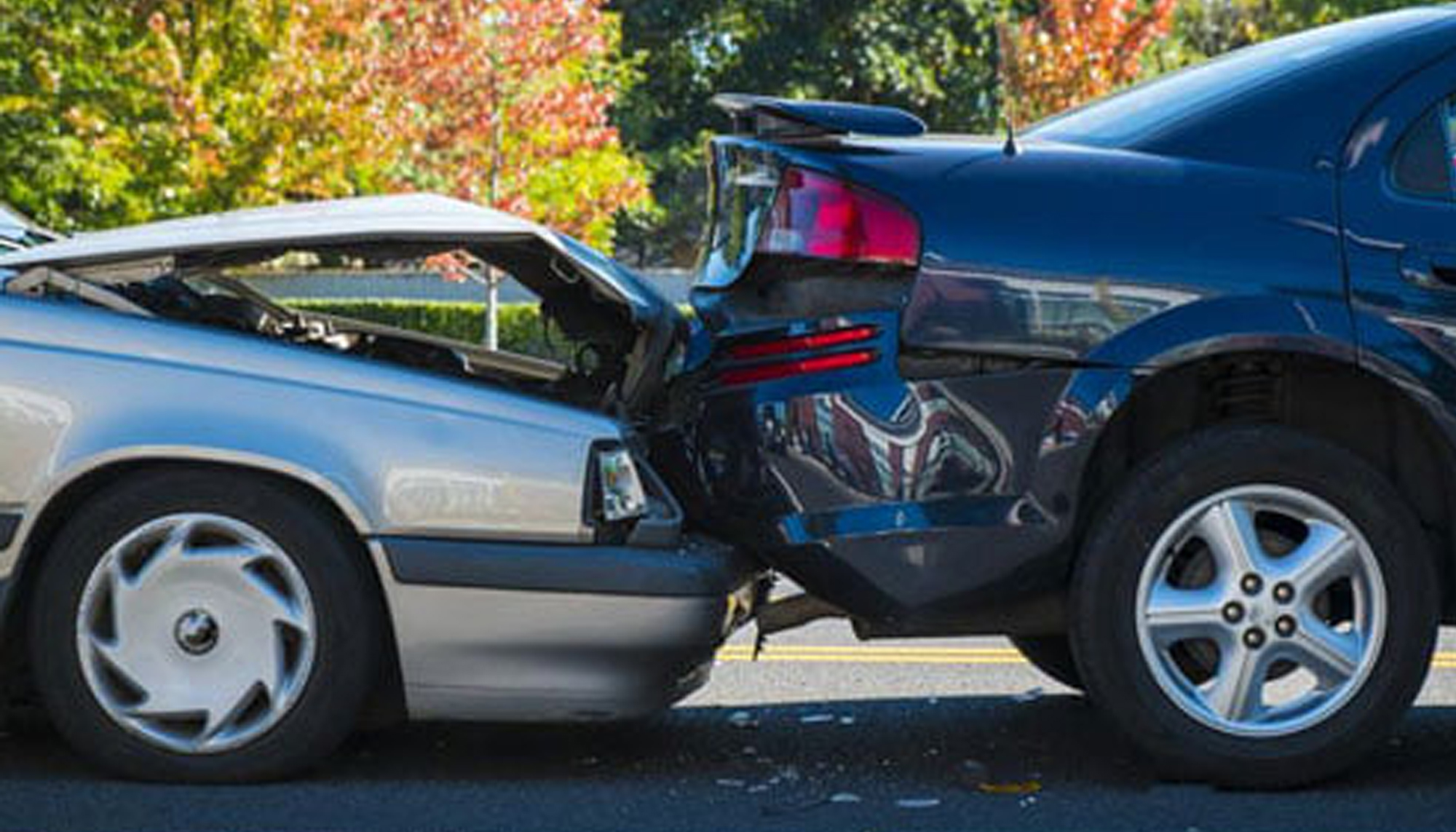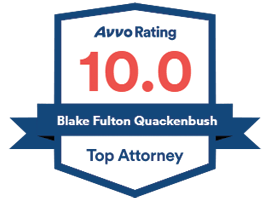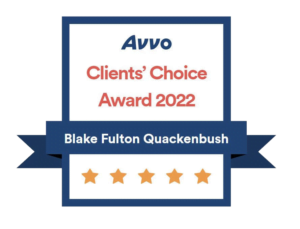A serious wreck on Alaska’s roads can turn life upside down in seconds. Medical bills pile up, paychecks stop, and insurers begin a swirl of paperwork that feels alien when you are in pain. This in-depth guide explains every step of an Alaska auto-collision claim—from the first moments after impact through settlement or trial—so you can focus on recovery while an Anchorage car crash lawyer protects your rights. Along the way, you will learn how state insurance rules work, why pure comparative negligence can still let you collect compensation even if you share fault, and how BFQ Law Alaska pursues results through investigation, negotiation, mediation, and, when necessary, litigation.
Table of Contents
- ➤ Crash Realities on Alaska’s Roads
- ➤ Why You Need an Anchorage Car Crash Lawyer
- ➤ Critical Steps Immediately After a Collision
- ➤ Alaska Insurance Requirements & Fault Rules
- ➤ Deadlines & Comparative Negligence
- ➤ Building a Persuasive Claim File
- ➤ Settlement, Mediation, or Trial?
- ➤ Common Injuries & Long-Term Costs
- ➤ Working With BFQ Law Alaska
- ➤ Frequently Asked Questions
- ➤ Conclusion
Crash Realities on Alaska’s Roads
In 2023 Alaska recorded eighty-two traffic fatalities—an alarming rise driven largely by speed, ice, and impaired driving. Rural highways such as the Glenn and the Parks account for a disproportionate share of deadly collisions, but more than one-third of injury crashes still occur within Anchorage city limits. The Alaska Highway Safety Office notes that vulnerable road users—motorcyclists, pedestrians, and cyclists—remain at special risk, making urban intersections especially hazardous.
After a wreck, victims face not only physical pain but an economic burden that averages $91,000 for moderate injuries and can easily top seven figures when spinal trauma or traumatic brain injury (TBI) is involved. Because Alaska is an at-fault state, the person who caused the crash (and that driver’s insurer) must cover damages, yet insurers fight hard to limit payouts. A seasoned car crash lawyer gathers evidence early, pushes back on low offers, and, if needed, files suit to protect the statute of limitations.
Why You Need an Anchorage Car Crash Lawyer
The Stakes Are High
Even “routine” collisions can trigger lifelong costs: rehabilitation, adaptive equipment, diminished earning capacity, and emotional trauma. An Anchorage car crash lawyer connects those costs to legal theories of liability, ensuring every category of damage—from medical bills to loss of enjoyment—is documented.
Local Knowledge Matters
Anchorage courts follow Alaska Civil Rule 26 for discovery deadlines; knowing when to deliver medical records or respond to interrogatories can make or break a claim. An Anchorage vehicle collision attorney understands local court culture, typical jury awards, and how winter driving dynamics influence crash reconstruction.
Fee Arrangements That Fit Your Budget
BFQ Law Alaska offers contingency representation, meaning clients owe nothing unless money is recovered. This no-fee car crash lawyer Alaska model makes justice accessible while aligning the firm’s incentives with yours.
Critical Steps Immediately After a Collision
1 – Ensure Safety and Call 911
Move to a safe location if possible, switch on hazard lights, and summon first responders.
2 – Document the Scene
- Take wide-angle photos of vehicle positions, skid marks, and road hazards.
- Capture close-ups of VIN plates, license plates, and visible injuries.
- Record witness names and phone numbers.
3 – File the Mandatory Crash Report
Alaska law requires a written report within ten days for any crash causing injury or property damage over $2,000. Failure to comply can jeopardize insurance benefits.
4 – Seek Immediate Medical Evaluation
Adrenaline can mask pain, and delay gives insurers ammunition to argue your injuries are unrelated. Visit an ER or your primary physician the same day whenever possible.
5 – Notify Your Insurer, Then Get Counsel
Provide basic facts only. Before recorded statements or medical release forms, hire an auto accident lawyer who can manage communication and preserve evidence.
Alaska Insurance Requirements & Fault Rules
Mandatory Liability Minimums
Every driver must carry liability coverage of at least $50,000 per injured person, $100,000 per crash, and $25,000 for property damage. Yet even fractures can exceed these limits fast, underscoring the importance of uninsured/underinsured motorist (UM/UIM) coverage.
At-Fault Insurance System
Alaska is an at-fault—also called “tort”—state. Injured parties may pursue claims directly against the responsible driver or file suit from day one. There is no PIP barrier as found in no-fault jurisdictions.
How Fault Is Determined
Police crash reports, photos, dash-cam footage, ECM (“black box”) downloads, and, when needed, expert reconstruction all contribute to fault allocation. Your auto collision lawyer synthesizes this data into a demand letter that ties negligence to injuries.
Deadlines & Comparative Negligence
Two-Year Statute of Limitations
You generally have two years from the collision date to file suit. Courts dismiss late claims regardless of merit, so an experienced car crash attorney Anchorage files early to protect leverage in negotiations.
Pure Comparative Negligence
Under Alaska Stat. § 09.17.060, damages are reduced by your percentage of fault but never barred completely. Even if you were 60 percent responsible, you could still collect 40 percent of proven losses. A skilled traffic accident attorney marshals facts to minimize any attribution to you.
Building a Persuasive Claim File
Medical Evidence
Diagnostic imaging, surgical notes, and physical-therapy logs form the backbone of economic damages. Your lawyer may request narrative reports from treating physicians to explain prognosis and the need for future care.
Occupational and Financial Evidence
- W-2s, pay stubs, and employer letters to prove lost wages
- Vocational assessments when long-term disability limits earning capacity
- Expert life-care planners to estimate future costs for catastrophic injuries
Liability Evidence
Dash-cam footage from ride-share vehicles, cell-tower location data to show texting, and traffic-signal phase diagrams often tip negotiations. An auto collision claim attorney subpoenas and preserves this material early, closing doors to insurer arguments.
Demand Letter Strategy
Your car accident claim lawyer drafts a demand summarizing facts, liability theory, damages, and a monetary figure supported by statutes, case law, and medical science. The insurer must answer or risk bad-faith exposure.
Settlement, Mediation, or Trial?
Initial Adjuster Negotiations
Insurers often open with offers covering emergency bills only. A seasoned accident lawyer quantifies pain, suffering, and long-term costs to push numbers upward.
Mediation & Alternative Dispute Resolution
Anchorage courts routinely order settlement conferences; BFQ Law Alaska’s certified mediators achieve agreements in weeks by presenting concise briefs and leveraging demonstrative exhibits such as crash-scene 3-D models.
Filing Suit
If talks stall, your Alaska auto accident attorney files in Alaska Superior Court—civil division—to spur further negotiation or proceed to discovery. Many cases settle before trial once key depositions reveal weaknesses in a defense narrative.
Common Injuries & Long-Term Costs
Whiplash, herniated discs, and concussions may seem minor yet generate future degenerative issues such as chronic pain or cognitive deficits. More severe cases involve spinal-cord trauma leading to partial paralysis or TBI requiring lifelong attendant care.
Calculating Non-Economic Damages
Alaska law caps punitive damages but not pain-and-suffering, so an auto collision claim attorney employs multipliers linked to treatment length, permanence, and daily interference with life. Video day-in-the-life presentations can humanize these losses for adjusters or juries.
Working With BFQ Law Alaska
BFQ Law Alaska is located at 807 G Street, Suite 100, Anchorage, AK 99501. The firm’s Anchorage contact page lists phone and email, or reach Attorney Blake Quackenbush directly at blake@BFQLaw.com. The practice spans personal injury, family law, civil litigation, wills, trusts & estates, and mediation. When you hire an affordable car crash lawyer Anchorage from BFQ, you tap a multidisciplinary team—attorneys, paralegals, and investigators—who coordinate medical referrals, crunch accident-reconstruction data, and prepare every file as if trial is inevitable. That preparation often drives early, favorable settlements.
What Sets BFQ Apart
- In-house drone mapping of crash scenes for accurate scale models
- Certified mediators who resolve many disputes without trial
- Transparent contingency fees—no surprise costs
- Regular client updates via secure portal and SMS
Frequently Asked Questions
How soon should I contact a car accident attorney?
Immediately—critical evidence such as skid-mark distances and dash-cam data can vanish within days. Early legal counsel preserves proof and prevents insurer tactics that harm your claim.
Do I still have a case if I was partly at fault?
Yes. Under Alaska’s pure comparative negligence rule, you can recover damages reduced by your percentage of fault.
What if the other driver is uninsured?
Your UM/UIM coverage steps in. An experienced car crash attorney Anchorage can also pursue the driver’s personal assets if coverage is insufficient.
Will hiring a lawyer make the process take longer?
Often the opposite. A well-documented claim backed by an attorney signals seriousness, prompting insurers to settle sooner.
How much does a car crash lawyer in Anchorage cost?
BFQ Law Alaska works on contingency, so you pay legal fees only if the firm recovers compensation.
Conclusion
A collision can derail finances, health, and peace of mind—but with the right legal strategy you can secure the resources to rebuild. From understanding Alaska’s at-fault insurance system to documenting every dollar of loss, this guide shows why partnering with a car crash lawyer early is the surest path to fair compensation. BFQ Law Alaska stands ready to shoulder the legal load so you can focus on healing.








